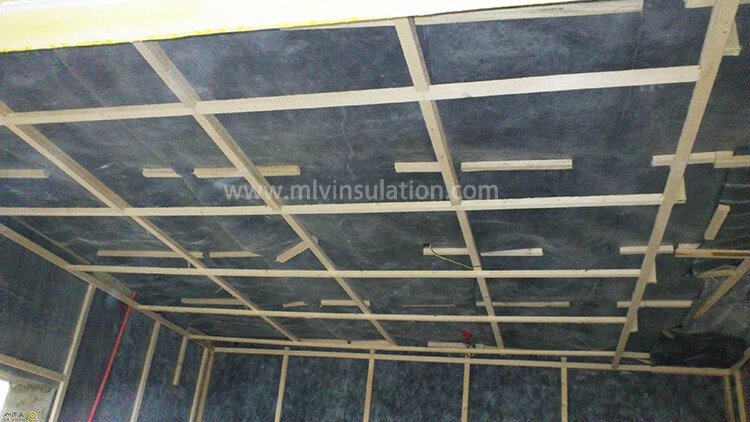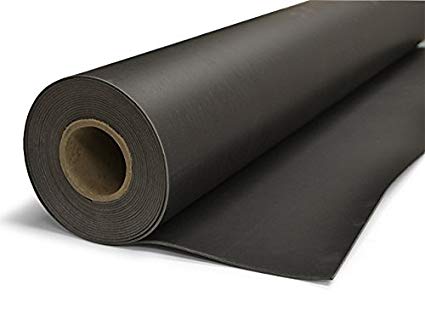

If you’re renting, on the other hand, you’ll need affordable, workable alternatives. We’ll walk you through a variety of sound blocking solutions. If you own your home, the effective, permanent solutions discussed below are possible if you have the budget. If walls are closed up, you may need to tear them open to modify or retrofit them. It’s best to take on these measures when walls and ceilings are already opened up. More about these below in Soundproofing a Wall.īut here is the problem: Unless you’re doing a major remodel or building a home with sound control as a priority, employing serious sound-blocking strategies like these can be very expensive and involved. Staggered stud configurations, special clips for holding drywall, and multiple layers of ⅝-inch drywall are popular methods decoupling one side of a wall from the other. The idea is to have these double walls separated so vibrations can’t pass through them. The most effective sound blocking methods involve building what are effectively double walls.
CHEAPEST MASS LOADED VINYL WINDOWS
Using double- or triple-glazed windows or solid-core doors dramatically increases their ability to block sound. The principle that greater mass increases sound blocking holds true for windows and doors, too.
CHEAPEST MASS LOADED VINYL HOW TO
Most of us must turn to other materials and methods to achieve effective sound blocking.Īs you’ll find in the information below on how to soundproof rooms, walls, and more, extra-thick layers of drywall, special acoustic “green glue,” and mass-loaded vinyl (MLV) are among the best materials for stopping the movement of noise through walls, ceilings, and floors. Generally speaking, they are too dense for noise to travel through them.Ī 12-inch-thick brick wall is a good example of a sound blocker.

Materials that stop sound are typically dense, heavy, thick, or-in some cases-flexible. Sound blocking materials prevent noise from traveling through walls, ceilings, doors, windows, and floors. In addition, you may use materials or methods that separate or “decouple” the parts of a wall or floor so that sound waves don’t vibrate right through them. They will work as a sound barrier to minimize sound transmission. To block noise coming from outside a room, such as traffic noise or noisy neighbors, you need materials that have a lot of mass. The less uniform the surface, the less opportunity the sound has to bounce.īack to top Sound Blocking Materials and Techniques Flat surfaces tend to bounce sound waves around, sometimes creating a lasting echo effect if the surfaces (or walls) are hard-and especially if they are directly parallel to each other. The uniformity of a wall or ceiling surface affects its sound transmission characteristics.


 0 kommentar(er)
0 kommentar(er)
